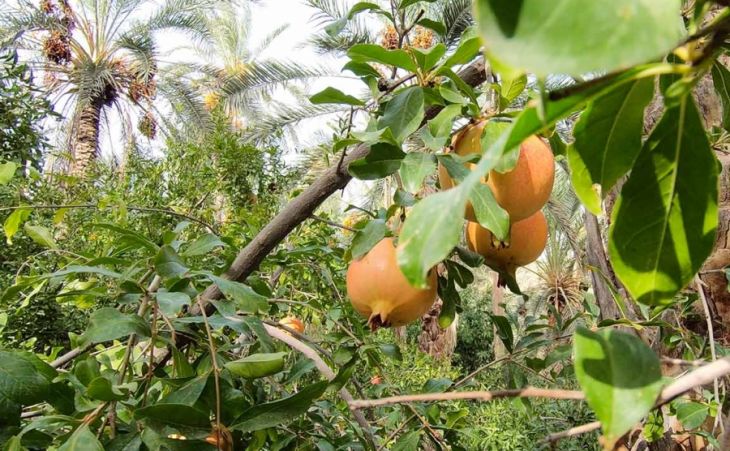
Permaculture and forest gardening, these fashionable concepts are not new: they were already applied in ancient times in the oases of Tunisia!
Thus, two thousand years ago, various crops were combined in the same space, on several levels, under the protective shade of tall trees!
Even today, in the traditional Tunisian oases, date palms are associated with many fruit trees and vegetable plants.
The pomegranates and henna of Gabes are famous. In Tozeur, small bananas are produced in the shade of palm trees.
Pliny the Elder is the author of the Natural History, an encyclopedia in 37 volumes!
We also have this testimony from the Moroccan-Andalusian geographer Al-Idrissi, author of a monumental atlas dedicated to King Roger II of Sicily (12th century):
“Gabes is a considerable city, well populated, surrounded by a real wood of orchards that follow one another without interruption and produce fruit in abundance, palm trees, olive trees, …”
The oasis of Gabes is a candidate for inclusion in the Unesco World Heritage since 2008. Also read: Tunisia’s World Heritage sites.
Sahara: The Tunisian South
Nature: Discover the natural variety of Tunisia